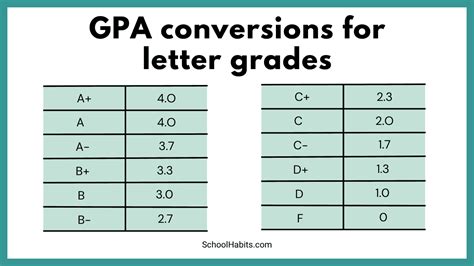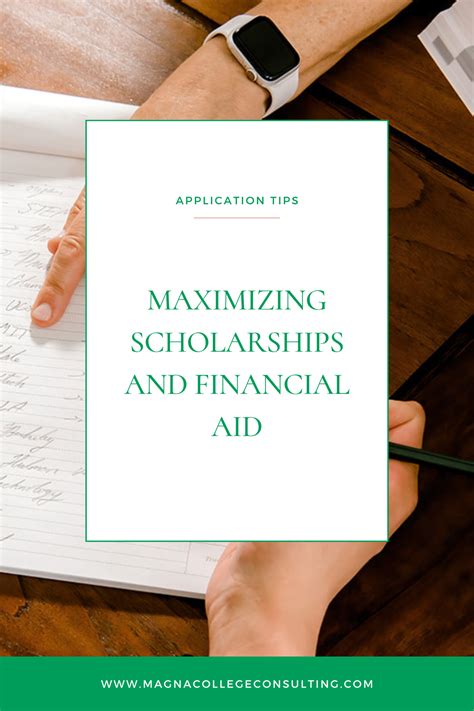Introduction

College education is an invaluable investment, but it can also be a significant financial burden. Scholarships offer a way for students to offset the cost of tuition and other expenses, making higher education more accessible. With a strategic approach and diligent effort, you can increase your chances of securing scholarships that will support your academic journey. This comprehensive guide will empower you with the knowledge and tools you need to successfully apply for college scholarships.
Understanding Scholarship Types and Eligibility Criteria
Types of Scholarships
- Academic Scholarships: Awarded based on academic merit, such as GPA and test scores.
- Need-Based Scholarships: Consider financial need and family income.
- Diversity Scholarships: Encourage students from underrepresented backgrounds.
- Athletic Scholarships: Offered to students with exceptional athletic abilities.
- Special Interest Scholarships: Focused on specific majors, activities, or hobbies.
Eligibility Criteria
- Minimum GPA
- Standardized test scores
- Financial need
- Major or field of study
- Extracurricular activities
- Awards and accomplishments
The Scholarship Application Process
1. Research and Identify Scholarships
- Utilize scholarship search engines and websites to find scholarships that align with your qualifications.
- Attend scholarship fairs and connect with financial aid advisors.
- Leverage social media to follow scholarship providers and stay informed about upcoming opportunities.
2. Prepare a Strong Application
- Write a Compelling Essay or Personal Statement: Highlight your academic achievements, personal qualities, and career aspirations.
- Request Letters of Recommendation: Choose individuals who can attest to your character, academic abilities, and potential.
- Gather Required Supporting Documents: Transcripts, standardized test scores, and financial aid forms.
3. Submit Applications on Time
- Set deadlines and track your progress to ensure timely submissions.
- Proofread your applications carefully for any errors or omissions.
4. Follow Up and Network
- Contact scholarship providers after submitting applications to express gratitude and inquire about the status of your application.
- Attend scholarship events and engage with potential donors.
Maximizing Your Chances of Success
Effective Strategies
- Start Early: Begin researching and applying for scholarships during high school.
- Apply to Multiple Scholarships: Increase your odds by applying to a diverse range of scholarships.
- Tailor Your Applications: Customize your applications to highlight the specific criteria of each scholarship.
- Seek Professional Help: Utilize services from college counselors or financial aid advisors for guidance.
Why It Matters
- Reduce Debt: Scholarships can significantly lower the cost of college, reducing the amount of student loans you may need to take out.
- Focus on Academics: By alleviating financial concerns, scholarships allow you to focus more on your studies and extracurricular activities.
- Boost Your Resume: Scholarships demonstrate academic excellence and leadership, enhancing your resume for future opportunities.
Navigating the Financial Aid Maze
Types of Financial Aid
- Grants: Free money that does not need to be repaid.
- Scholarships: Awards based on merit or other specific criteria.
- Loans: Money that must be repaid with interest.
- Work-Study Programs: Provide part-time employment opportunities for students.
Pros and Cons of Financial Aid
Pros:
- Affordability: Financial aid makes college more accessible for students from all backgrounds.
- Flexible Options: Different types of aid can be combined to create a customized financial package.
Cons:
- Loan Burden: Excessive loans can lead to significant debt after graduation.
- Repayment Stress: Loans require monthly payments that can strain your finances.
Tools and Resources
Scholarship Search Engines:
- Fastweb
- Scholarships.com
- Niche
Financial Aid Websites:
- Federal Student Aid
- College Board
- FinAid
Additional Tips
- Explore Local Scholarships: Contact your city, county, or community organizations for local scholarship opportunities.
- Consider “Hidden” Scholarships: Ask your school counselor, teachers, and parents if they know of any unadvertised scholarships.
- Leverage Your Interests: Identify your passions and pursue scholarships that align with your extracurricular activities or hobbies.
